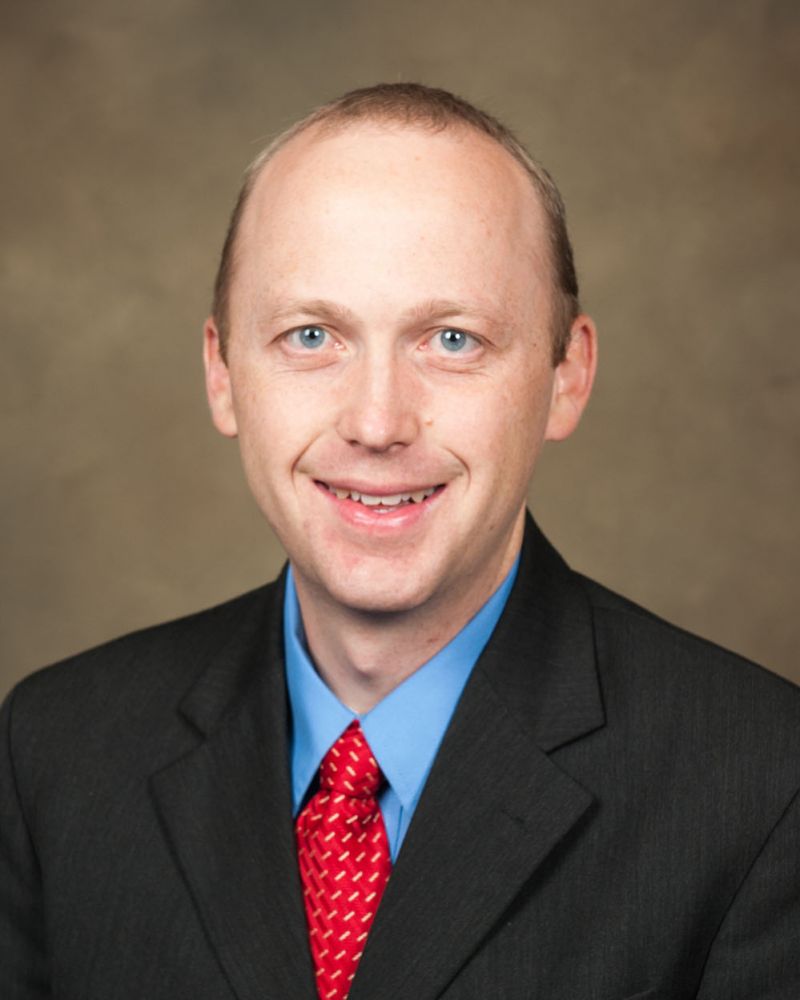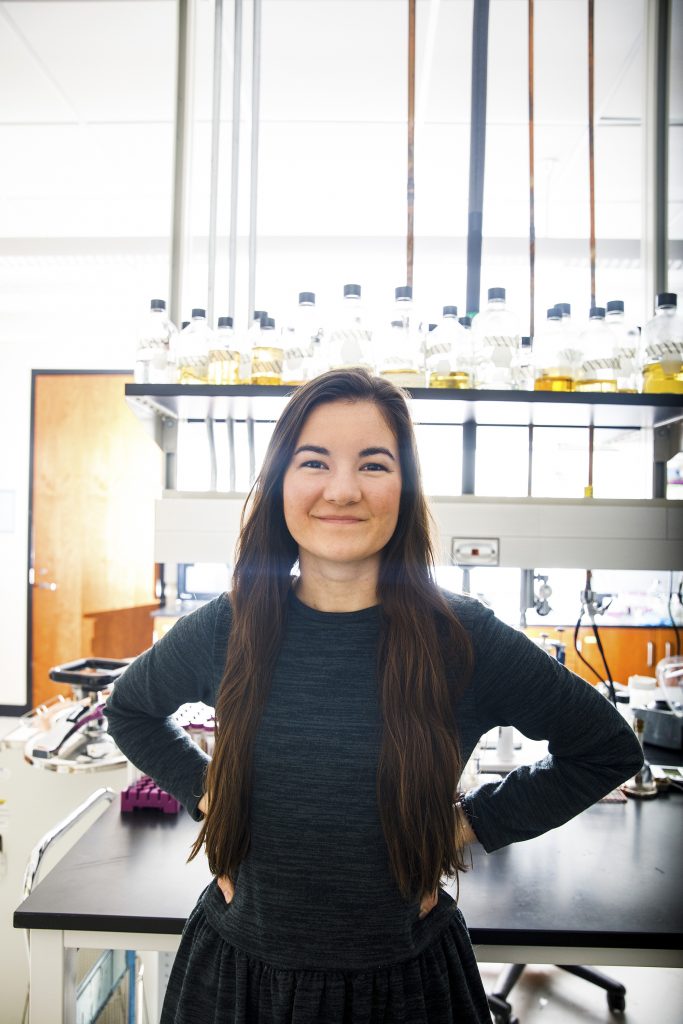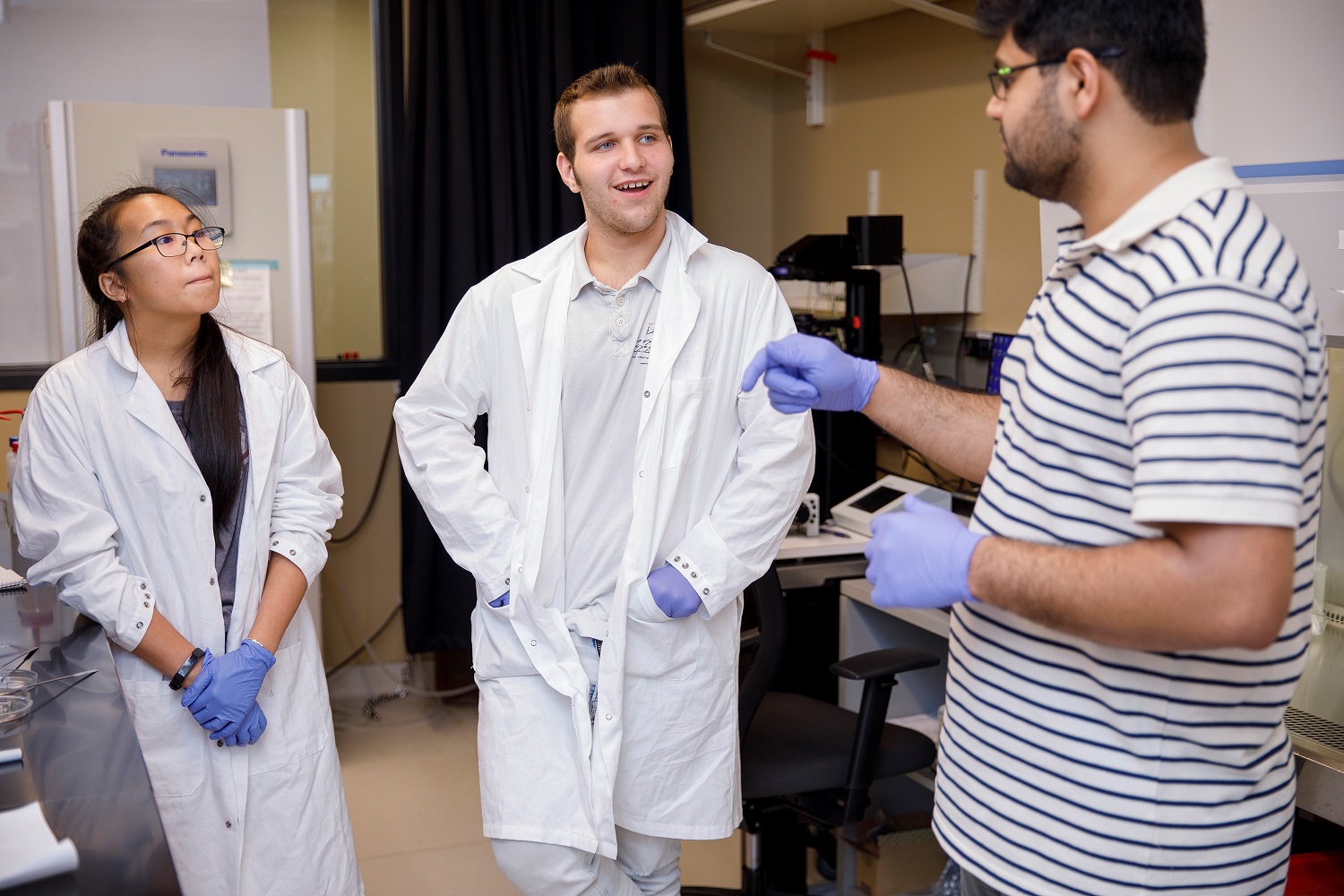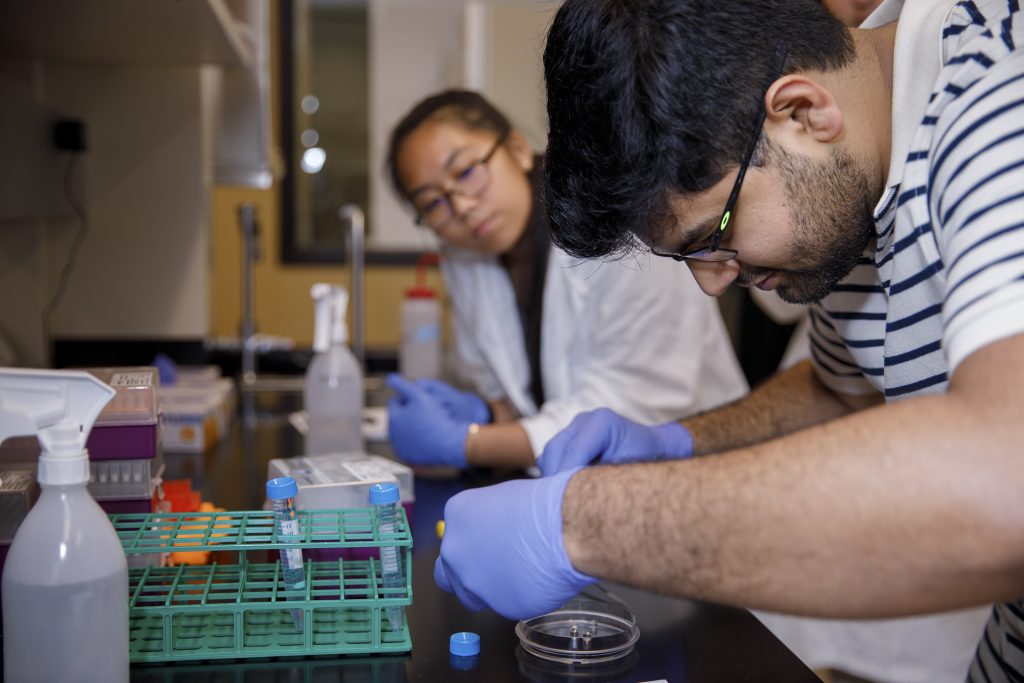
- 3452 SEC
- Phone (205) 348-3169
- Fax (205) 348-7558
- Faculty Website
Dr. Ryan Summers
Associate Professor, Undergraduate Program Chair
Contact
- 3452 SEC
- phone (205) 348-3169
- fax (205) 348-7558
- Faculty Website
Research Areas
Education
- Ph.D., Chemical and Biochemical Engineering, University of Iowa, 2011
- M.S., Chemical and Biochemical Engineering, University of Iowa, 2011
- M.S., Biological Engineering, Utah State University, 2008
- B.S., Biological Engineering, Utah State University, 2008
The Summers lab is working to metabolically engineer bacteria and yeast cells to produce chemicals, fuels, and pharmaceuticals. Specifically, the group focuses on engineering enzymes, gene networks, and genetic regulatory elements in microbial cells.
Research projects in the Summers lab include
- Production of high-value chemicals from caffeine and caffeine derivatives,
- Construction of novel riboswitches to control gene expression in microbes,
- Isolation and characterization of novel aptamers for biosensing, and
- Enzymatic processing of lignocellulosic biomass residues.
As society moves away from use of petroleum resources for production of fuels and chemicals, their replacements must come from natural, renewable resources. To meet this need, the Summers lab seeks to engineer bacteria and yeast cells to produce bulk and fine chemicals from biomass. In addition to these chemicals, the group is looking at production of pharmaceuticals and nutraceuticals in metabolically engineered microbial cells.
Affiliated Areas
Chemical and Biological Engineering
Selected Publications
- Mock MB, Summers RM (2023). “Mixed Culture Biocatalytic Production of the High-Value Biochemical 7-Methylxanthine”. Journal of Biological Engineering 17(2):1-11. DOI: https://doi.org/10.1186/s13036-022-00316-6.
- Mock MB, Cyrus A, Summers RM (2022). “Biocatalytic Production of 7-Methylxanthine by a Caffeine-Degrading Escherichia coli Strain”. Biotechnology and Bioengineering 119(11):3326-3331. DOI: https://doi.org/10.1002/bit.28212.
- Mock MB, Mills SB, Cyrus A, Campo H, Dreischarf T, Strock S, Summers RM (2022). “Biocatalytic production and purification of the high-value biochemical paraxanthine”. Biotechnology and Bioprocess Engineering 27:640-651. DOI: https://doi.org/10.1007/s12257-021-0301-0.
- Brooks SB, Mock MB, Summers RM (2021). “Rational Protein Engineering of Bacterial N¬-demethylases to Create Biocatalysts for the Production of Methylxanthines”. bioRxiv. DOI: https://doi.org/10.1101/2021.12.17.472166.
- Horne J, Beddingfield E, Knapp M, Mitchell S, Crawford L, Mills SB, Wrist A, Zhang S, Summers RM (2020). “Caffeine and Theophylline Inhibit β-Galactosidase Activity and Reduce Expression in Escherichia coli”. ACS Omega 5(50):32250-32255. DOI: https://doi.org/10.1021/acsomega.0c03909.
Awards and Honors
- Outstanding Alumni of the Year, Department of Biological Engineering, Utah State University, 2016
- Outstanding Alumni of the Year, Department of Biological Engineering, Utah State University, 2016
- Omega Chi Epsilon Outstanding Faculty Member, Chemical and Biological Engineering, University of Alabama, 2015, 2017, 2018, 2019, 2021, and 2023
- C. Spriestersbach Dissertation Prize Nominee, Department of Chemical and Biochemical Engineering, University of Iowa, 2012
- Kammermeyer Research Award, Chemical and Biochemical Engineering, University of Iowa, 2011
- Vetter Service Award, Chemical and Biochemical Engineering, University of Iowa, 2009
Dr. Summers's Impact

Family, ‘Eye-Opening’ Trip to Nicaragua Set Path for UA Senior
Libby Beddingfield was plenty motivated for a future career in medicine when she arrived at The University of Alabama four years ago. That wasn’t always the case.

In the lab: University of Alabama students help inspire next wave of scientists
Akshay Narkhede routinely prepares polymeric biomaterials during lab work in the Science and Engineering Complex at the University of Alabama. Narkhede, a doctoral student in chemical and biological engineering, uses...

In the Lab: UA Students Help Inspire Next Wave of Scientists
Akshay Narkhede has other research foci in Rao’s lab, but on this day, he’s focused on duplicating hydrogels to demonstrate to several young, curious shadows: high school seniors in a day-long immersion of hands-on lab experiments at UA.